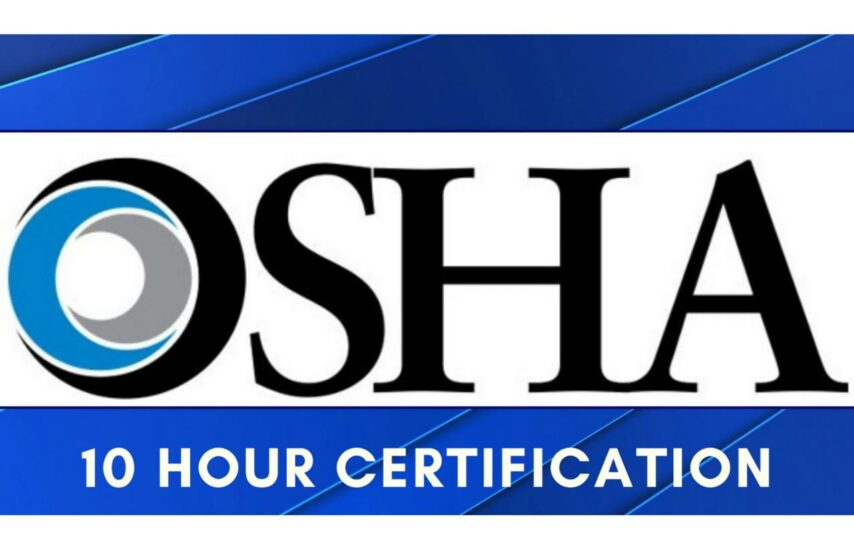There is no doubt that ensuring safety at the workplace is an essential consideration for any organization. This is where OSHA 10 courses become indispensable in maintaining a healthy and secure work environment. This blog aims to shed light on the importance, content, and benefits of OSHA 10 practices in the context of workplace safety.
Occupational Safety and Health Administration (OSHA) 10-hour courses are foundational programs to educate workers about workplace safety. These courses are part of OSHA’s outreach training and foster a culture of safety awareness, thereby reducing workplace incidents.
The first aspect to highlight about OSHA 10 courses is their comprehensive scope. These courses provide knowledge about general safety and health hazards that a worker might encounter. They cover a broad range of topics, including but not limited to fall protection, personal protective equipment, electrical safety, and hazard communication. Various cases ensure workers are well-equipped to handle multiple potential safety issues.
OSHA 10 courses are usually divided into two main types: Construction and General Industry. While the OSHA 10 Construction training focuses more on construction-specific safety issues like scaffolding safety, the General Industry training caters to sectors like manufacturing, healthcare, and warehousing. This division helps cater to different industries’ unique needs, providing targeted and effective safety education.
Another noteworthy feature of OSHA 10 courses is their accessibility. OSHA has authorized various training providers, both online and offline, to offer these courses. Online providers provide flexibility for learners, allowing them to take the course at their own pace and convenience. In addition, the course material is easy to understand, and the tests at the end of each module ensure that the knowledge is well absorbed and retained.
Moreover, on successful completion of the OSHA 10 courses, participants receive an official OSHA 10-hour card. This card is a valuable credential demonstrating that the holder has received introductory workplace safety and health training. Many employers require this card, especially in industries with higher inherent risks.
But why should an organization or an individual consider investing time and resources into OSHA 10 courses?
The answer lies in the myriad benefits these courses offer. First, they increase workers’ safety awareness, thereby reducing the rate of accidents, injuries, and illnesses in the workplace. A safer workplace increases productivity and employee morale, improving overall organizational performance.
OSHA 10 courses also help organizations to comply with regulations. Many states in the U.S. require employees in specific industries to have OSHA 10-hour training. Even in states where this training is not a legal requirement, many employers still consider it a prerequisite, valuing the benefits it brings to their safety culture.
Furthermore, these courses help to reduce the costs associated with workplace accidents, such as compensation claims, increased insurance premiums, and lost work hours. Investing in OSHA 10 techniques, therefore, is an investment that provides tangible returns.
In conclusion, OSHA 10 courses are an excellent resource for employees and employers. They provide the basic knowledge necessary to navigate workplace hazards, promoting a culture of safety and compliance. These courses are instrumental in fostering safer, more productive workplaces, reducing accident rates, and saving lives. Regardless of the industry, an understanding and commitment to workplace safety are paramount, making OSHA 10 courses a worthwhile investment for all.








